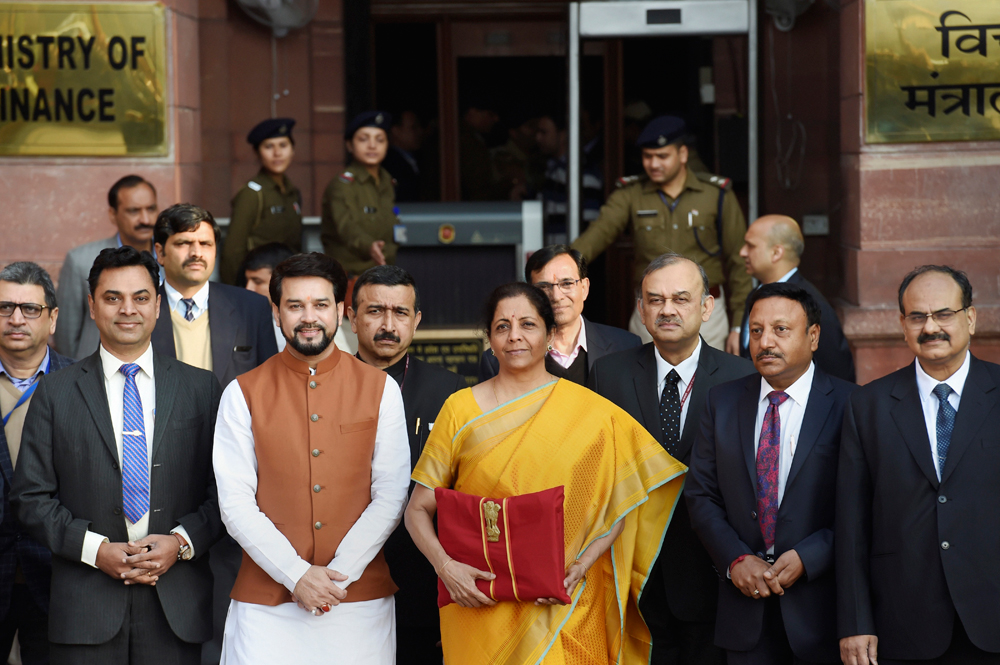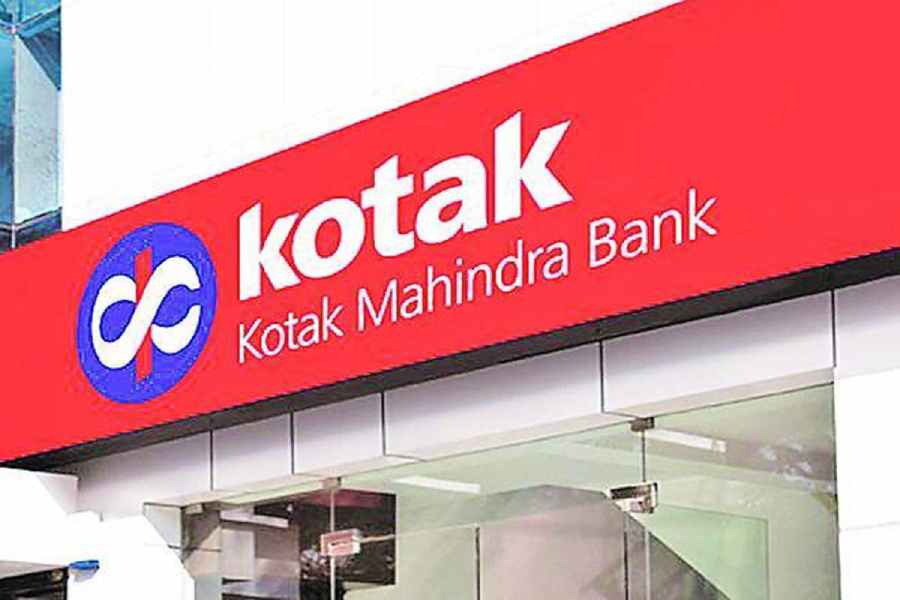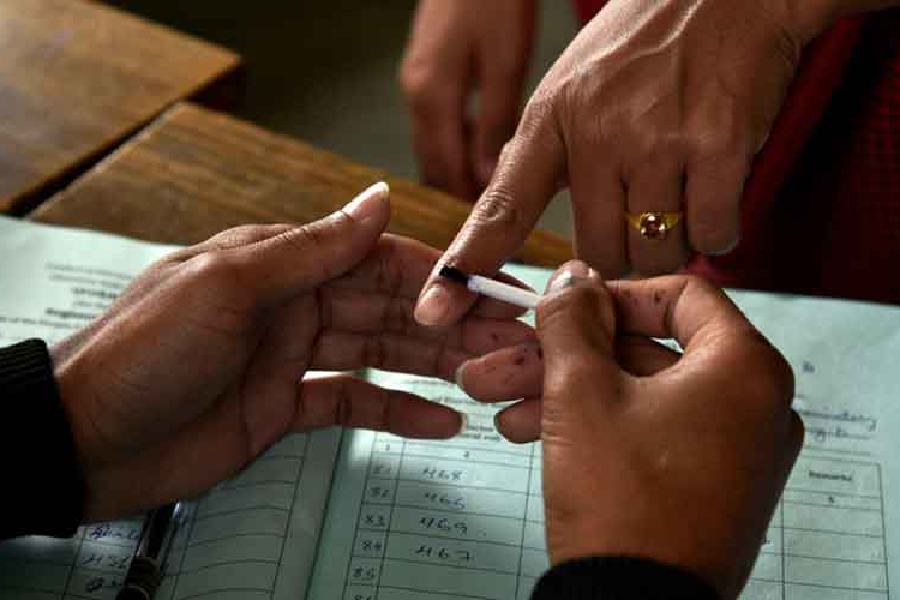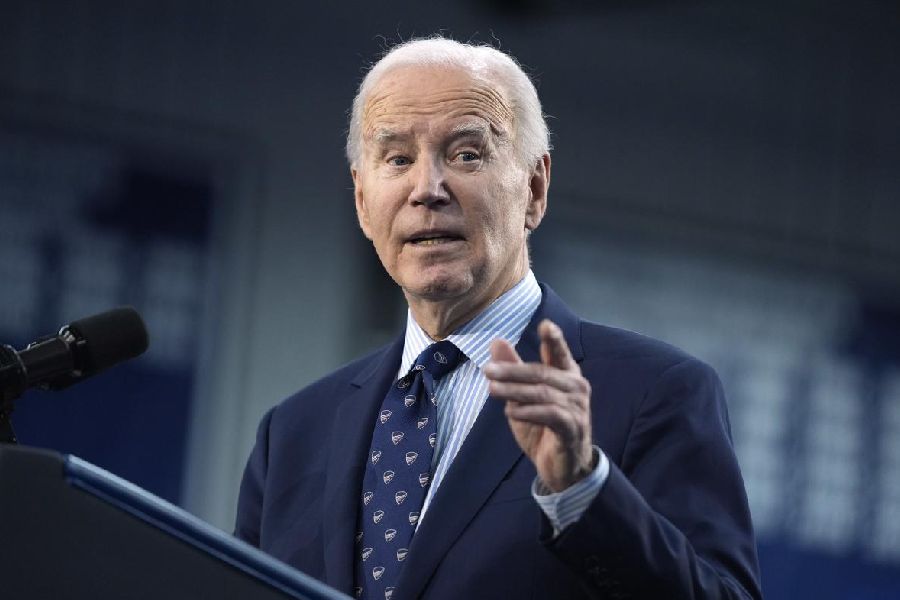Many analysts have criticized this year’s Union budget for lacking direction. One pattern reflecting the lack of direction is the nature of expenditures budgeted for 2020-21. The spending is spread thin over many areas and some of the sectors that merited greater attention from the finance minister appear to have been neglected. One example would suffice. Most economists seem to agree on the importance of creating demand from the poorer sections of the population. Yet, the budget has actually reduced the allocation to the Mahatma Gandhi National Rural Employment Guarantee Scheme by a massive 13 per cent compared to the revised estimate for 2019-20. Similarly, the allocation for food subsidy came down from 1.84 lakh crore to 1.15 lakh crore this year. The budget could have compensated for this neglect by raising allocations to the social sectors, particularly health and education. That is also missing. The total allocation for Centrally-sponsored expenditure on school education and literacy has increased by only 6.2 per cent compared to the revised estimates for 2019-20. The corresponding increase in the health sector is only 4.1 per cent over last year’s revised estimates. The allocation for the National Rural Health Mission has declined from the revised estimate for 2019-20 by 2.9 per cent. The total increase in real terms is negligible, or even negative, when the figures are corrected for inflation.
There is no sign of immediate relief for those whose ability to pay for simple consumption goods has fallen. The expenditure on basic health and school education does not show any significant rise in real terms either. The budget has put some emphasis on investments in infrastructure. However, infrastructure projects take off well in markets when there is growing demand and capacities are tight. In today’s India, weak consumer demand is the issue that needs to be addressed directly and decisively. Waiting for markets to solve this problem is futile. The poor will have to wait for some more time before the crisis tides over. It remains to be seen how many of the infrastructure schemes and projects get off the ground because many of them require participation from the private sector. The private sector’s perception of the health of the economy is unclear at best, and dim at worst.












